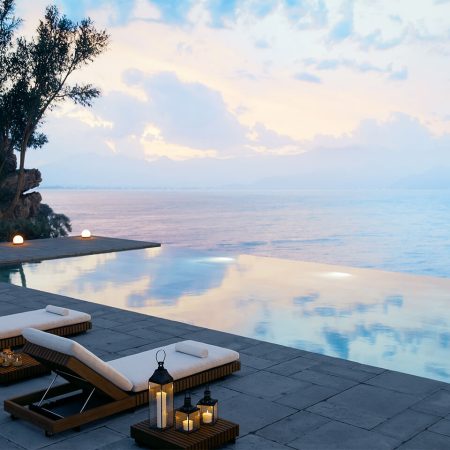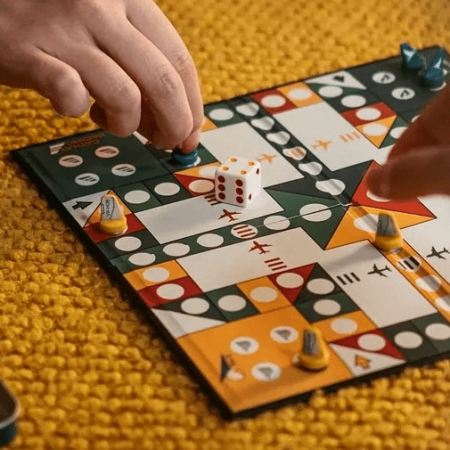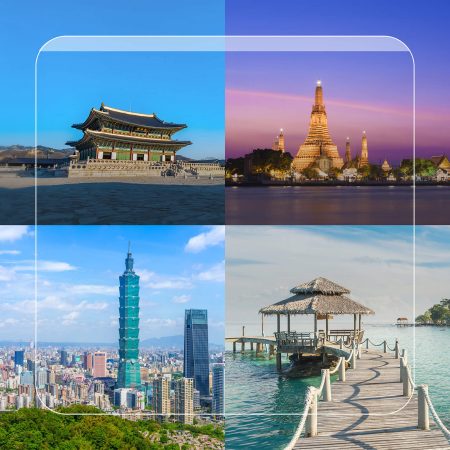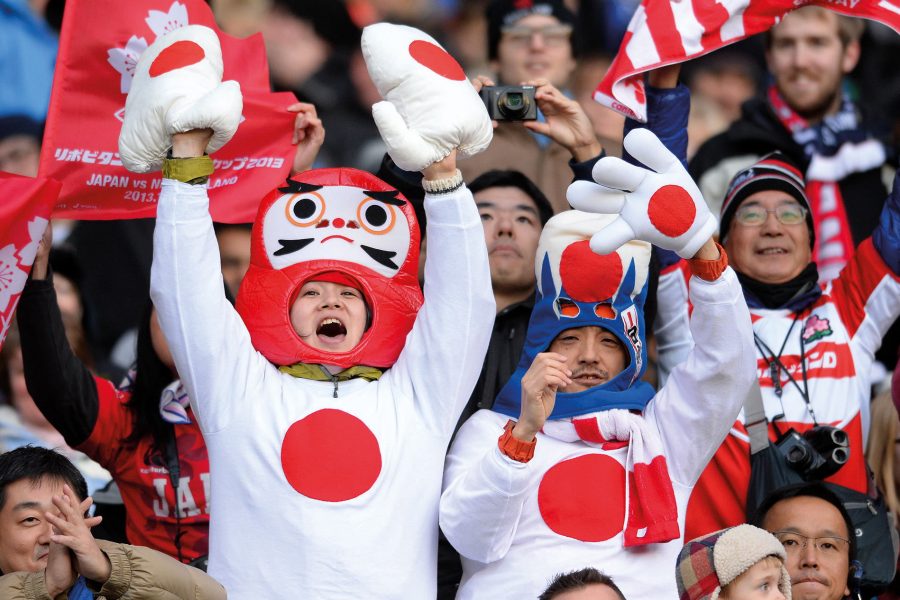It’s a warm Saturday afternoon in April 2016. At the Chichibunomiya stadium in central Tokyo, 15,000 rugby fans have their hearts in their mouths as their team, the Sunwolves, are camped in the Argentinian opposition’s half, winning 29 to 28 with a minute to play.
From the stands come cheers and whistles, and desperate pleas to see the game home. Some fans can’t bear to look, covering their eyes with red Sunwolves scarves. Others look drained of emotion. And then it happens. Fly-half Tusi Pisi breaks through the Jaguares defence five metres out and slips a quick ball inside for centre Harumichi Tatekawa, who dives over the try line to secure victory and send the crowd into rapture. Eight games played, one finally won.
Amid the relief and jubilation, my son and I are bouncing up and down in each other’s arms while the lady next to us has tears running down her face. It is the Sunwolves’ first-ever win in Super Rugby – an international rugby competition consisting mainly of southern hemisphere teams – and my football-mad son’s first ever rugby game. As soon as we get home, he pins a Sunwolves poster on his bedroom wall.
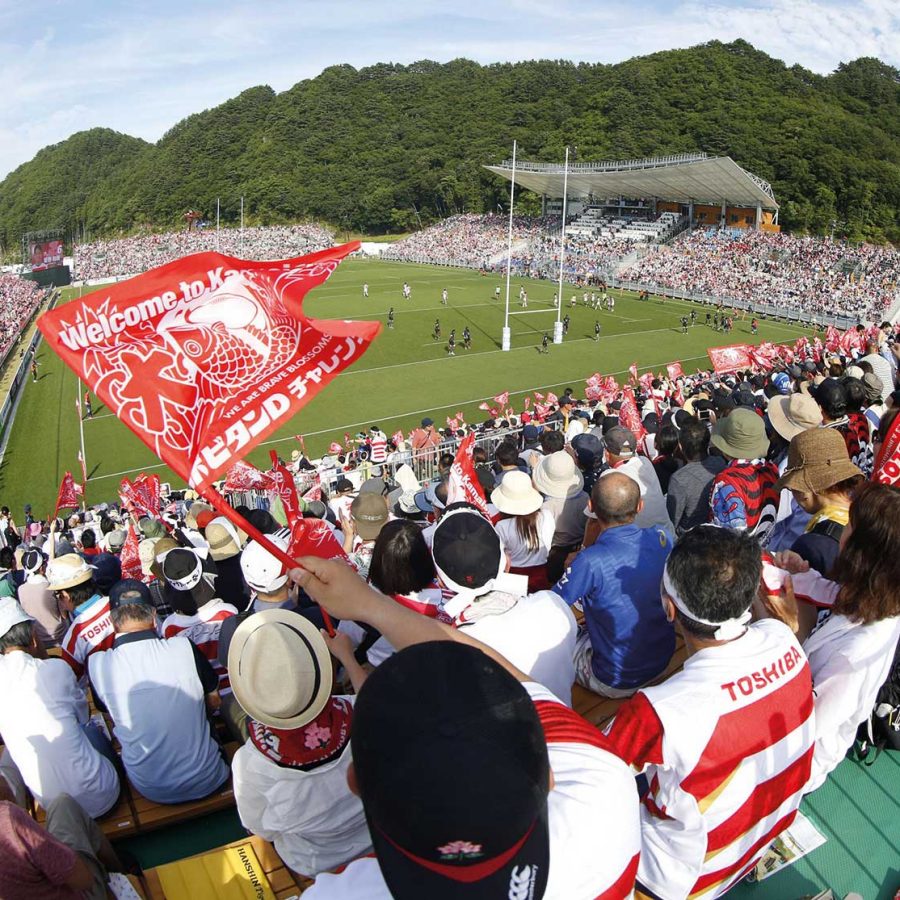
Credit: Getty images
From calamitous results and painful near misses to a few magical wins, the ever-positive Sunwolves fans and their team’s ‘organised chaos’ style of rugby have epitomised everything good about Japanese rugby on and off the field – something that visitors will experience for themselves when the Rugby World Cup comes to Tokyo, Osaka and 10 other cities across Japan this month.
There’s perhaps no one better placed to describe the phenomenon of Japanese rugby fans than former Fiji international Setareki Tawake – a veteran of the 1999 and 2003 World Cups who came to Japan as a player in the mid-2000s, and is now the assistant director and chief coach of league side Akita Northern Bullets.
‘Whether you go to the bottom or go to the top, Japanese fans will go there with you’, says Tawake. ‘They are so committed. You rarely hear calls for coaches to be sacked, or players dropped, and there’s no bad language at games – they just keep on clapping and waving their flags.’
Rugby in Japan doesn’t have the high profile of baseball or football. But the country has more than 100,000 registered players – not a dissimilar number to Wales or Ireland, the second and third most highly ranked teams in world rugby.
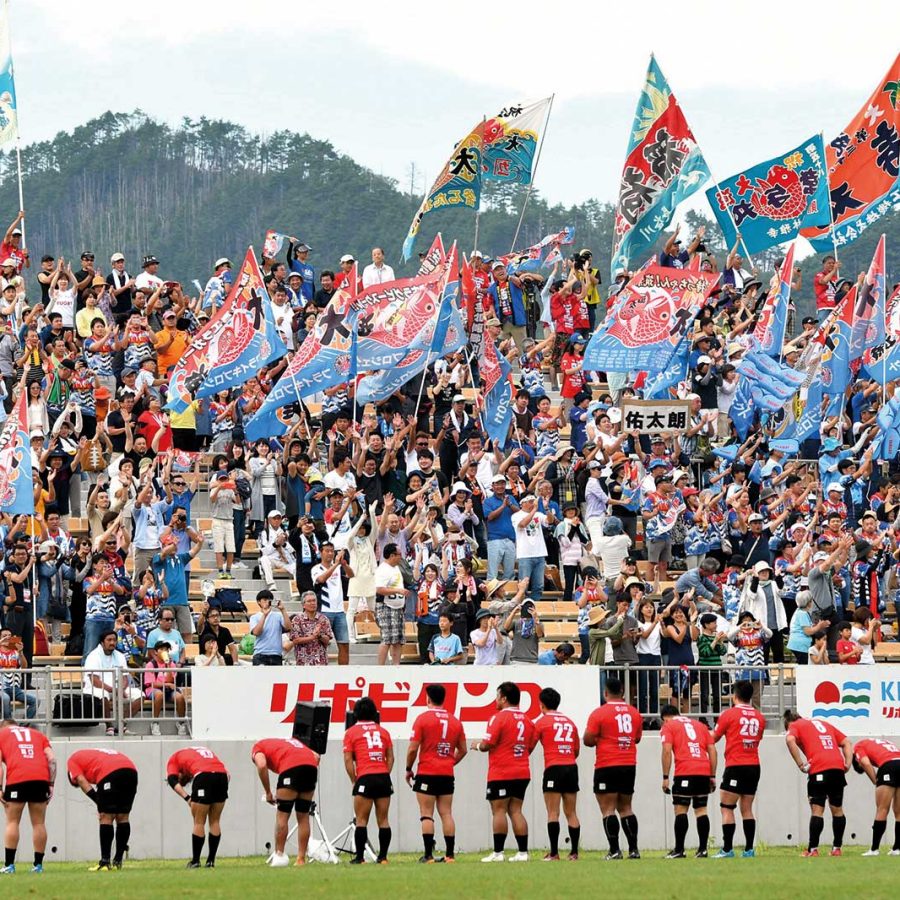
Credit: Getty images
It isn’t a minority sport but success for the national team has always been limited. At least, that is, until the 2015 Rugby World Cup. Japan’s last-gasp victory over two-time winners South Africa in a gripping Pool B encounter has been called one of rugby’s greatest upsets, and it put the sport firmly in the spotlight. Players like Ayumu Goromaru, who scored 58 points at RWC 2015, are now household names and regular sights on TV and adverts for everything from beer to aftershave.
Local fans hope that hosting this year’s Rugby World Cup will help Japanese rugby continue to grow. And with the event being spread across Japan and wall-to-wall coverage expected, there is plenty of potential for a positive legacy this RWC, whether that’s inspiring kids to give rugby a go or attracting new fans to games.
But there’s also a much deeper impact that speaks to an audience beyond sporting enthusiasts. Just look at the eastern Tohoku region, and the impact the World Cup has already had on the tiny city of Kamaishi (population 38,000), which will be the smallest city ever to host a Rugby World Cup game when Fiji face Uruguay on 25 September. That is in itself an achievement, though perhaps not a surprise given that Kamaishi is one of Japan’s legendary rugby hotbeds. But consider that on 11 March 2011, in the wake of the 9.0-magnitude Great East Japan Earthquake, Tohoku’s eastern coastline was devasted by a tsunami that hit land at up to 40 metres in height, claiming 18,000 lives. Kamaishi lost 1,250 people that afternoon.
Bidding to become a Rugby World Cup host was part of the town’s recovery plan and supporters say it helped speed up reconstruction of crucial buildings and infrastructure. The town got a new rugby stadium, too, a 6,000-seater – with 10,000 extra temporary seats for the World Cup – which will also serve as a venue for local teams and community events.
As I found out on a trip to Kamaishi last October to see the Kamaishi Recovery Memorial Stadium, rugby also gave many people in Kamaishi something concrete to work towards. People like doctor Toshio Hamato, who lost his wife and a daughter on 11 March, and who said that the Rugby World Cup had delivered something priceless to Kamaishi: hope. Or inn owner Akiko Iwasaki, who was swept out to sea by the tsunami but survived by clinging to a fishing boat. She also used the word ‘hope’ – hope that with the help of the World Cup, there would be a vibrant Kamaishi to pass on to the town’s children.
Coach Setareki Tawake saw the devastation first hand when he and his team delivered relief supplies to Kamaishi shortly after the tsunami. He will be there again when Fiji play Uruguay, as a liaison officer for the Fijian team.
‘Kamaishi was rubble then and people were having to leave,’ says the coach. ‘But look at it now: it’s a beautiful city again. And it’s got a new purpose-built rugby stadium that players and fans will love. The games there will be electrifying.’
Go Further
The Rugby World Cup will take place from 20 September to 2 November in 12 cities across Japan: Tokyo, Osaka, Toyota (near Nagoya), Sapporo, Kobe, Yokohama, Kumagaya, Kamaishi, Shizuoka, Fukuoka, Kumamoto and Oita. Here are a couple of ways to get into the rugby spirit even if you don’t have tickets for games.
Sports Bars
If you want to catch a game in a bar, it’s a safe bet that the Hub chain of English-style pubs will have games on. They have branches across the country. If you are in Tokyo, the Hub next to the Chichibunomiya stadium (in Gaienmae) always attracts diehard rugby fans on match days.
RWC Fanzones
Each host city will have a Fanzone (Tokyo will have two), which will be free to enter. The Fanzones will have live screenings of matches on a big screen, rugby-themed activities, food and drink, and – for a bit of local flavour – events that will highlight regional culture.
Hero image: Getty Images
More inspiration
- China – the Chinese Mainland, Hong Kong SAR, Macao SAR and Taiwan Region
- Hong Kong SAR - English
- Chinese Mainland (China) - English
- Taiwan, China - English
- 香港特別行政區 - 繁體中文
- 中国內地 - 简体中文
- 中國台灣 - 繁體中文
- Africa
- South Africa - English
- Asia
- Bangladesh - English
- Korea - English
- Singapore - English
- Cambodia - English
- 한국 - 한국어
- Sri Lanka - English
- India - English
- Malaysia - English
- Thailand - English
- Indonesia - English
- Maldives - English
- ประเทศไทย - ภาษาไทย
- Indonesia - Bahasa Indonesia
- Myanmar - English
- Vietnam - English
- Japan - English
- Nepal - English
- Việt Nam - tiếng Việt
- 日本 - 日本語
- Philippines - English
- Australasia
- Australia - English
- New Zealand - English
